What is the basis of a good design to learn from "pushing open doors?"

ByEugen Anghel
Buildings and vehicles, various things "doorIt is on. In addition to pushing open doors and pulling open doors, as well as the rotating doors seen in the entrance of big buildings, they open automatically when they stand in front of you "automatic door There are multiple types, such as "Used differently for different uses and places." I was disgusted by the experience that I encountered it when I open such a door from time to time "I thought it was a pull-open door" and I was disgusted by the experience that "I thought that the door is incomplete design ... ..." mediaVoxWriter Joe Posner said that he considered the door "incomplete" in the same wayDonald NormanI am listening to Mr. Point for making an excellent door.
Bad doors are everywhere. - YouTube
Door with metal handle on glass

I will try to open it by pulling it ... ...

It was of a type that could be pushed open.
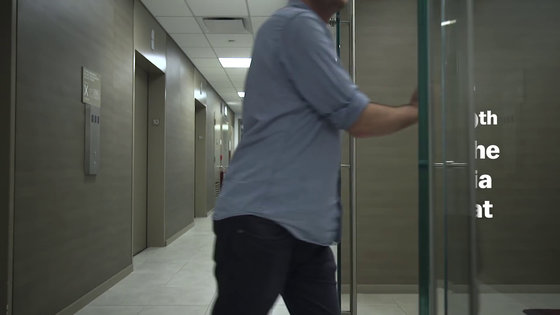
"Pull" or ...
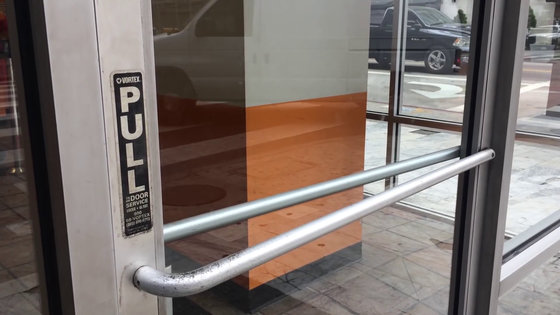
As long as the door is written as "PUSH (push)" etc, you will immediately know how to open it ... ...

Is this type of door that can be pushed open? Or is it a type that can be pulled open?
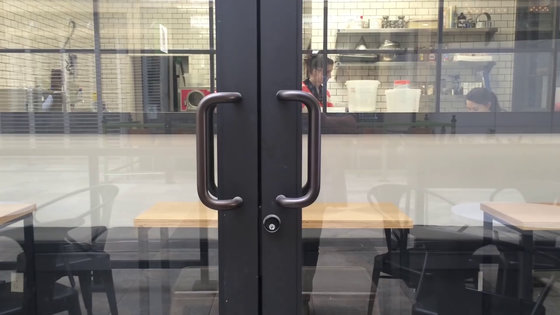
Everyone seems to be experiencing misunderstanding the door of a type that can be pushed open mistakenly that the key is closed, and ...


Door related misunderstanding is "I LOVE Snoopy THE PEANUTS MOVIE"Or"Silicon ValleyEven so it is made to be a story.
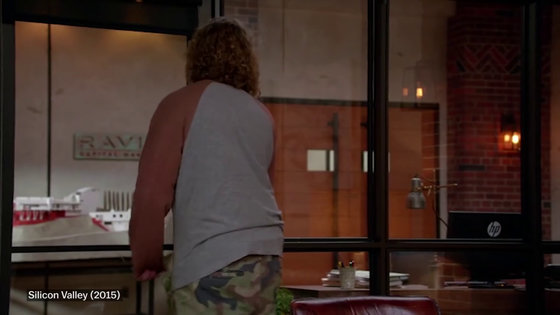
It is a cognitive scientist's thing that he has continued complaining about such a door for 25 yearsDonald NormanMr.
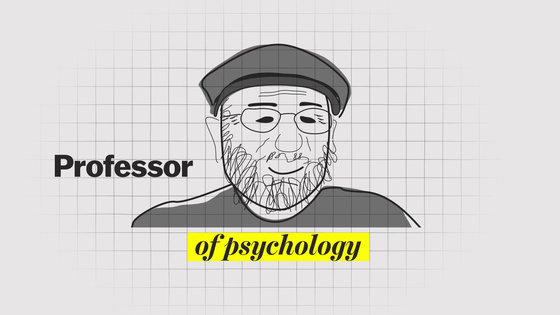
A man in the image is Donald Norman, who advocates a human-centered design approach that should not only make it understandable but also to design "objects" so as not to cause misunderstandings and malfunctions, It is known as the person who clarified the concept of "usability" for the first time.
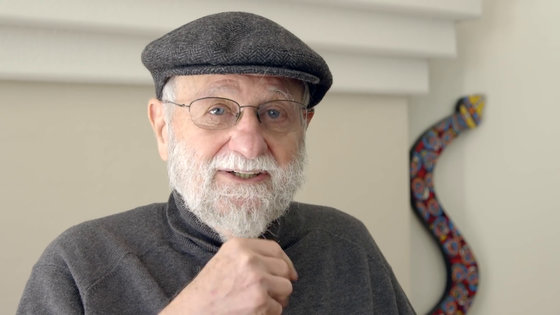
Mr. Norman seems to have been working for many years at Cambridge University in England, but he seems to have frustrated there "to use electric switches, faucets, doors, etc. by mistake" there.
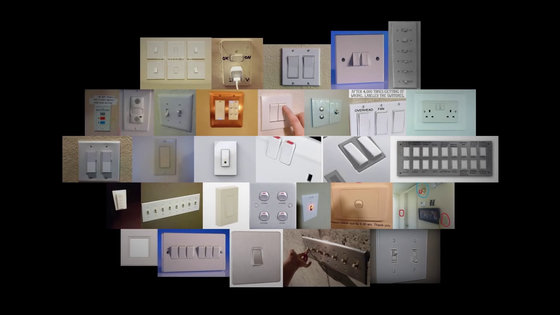
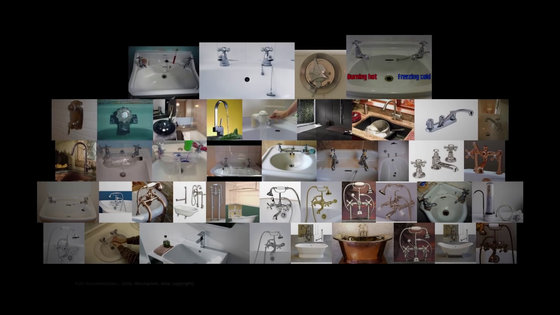
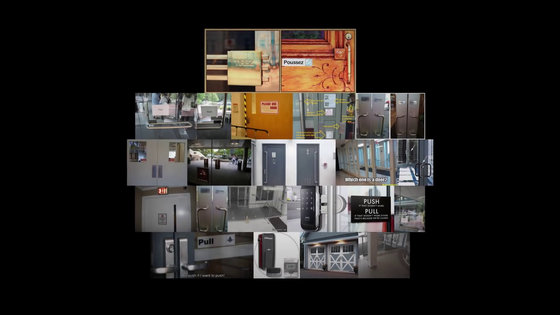
Based on that frustration Mr. Norman wrote "Whose design?"A book called. It pushes the door that pulls open, pulls the door that can be pushed open, slips sideways and thrusts from the front to the door that opens, it hangs up with one word of "human operation mistake" Is it OK? It focuses on the point that it is a book advocating a human-centered design approach.
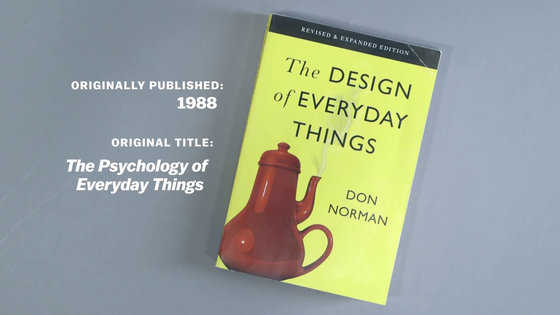
Mr. Norman said that "Norman door (door with wrong design)" means "Door showing the user the opposite thing to actually do" or "Misunderstand or use it properly It is defined as a door that needs some display. "
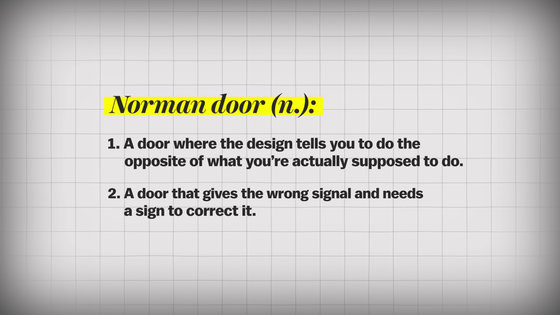
We often see doors written as "PULL" or "PUSH", but from the usability point of view, these doors are not thinking firmly "Who is design for?"

So it is important to become "discoverability" which is the basic principle of design.
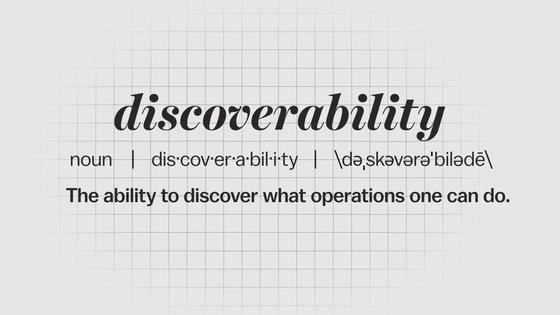
This is that when you see something of something, "It is natural to understand that this should do this".
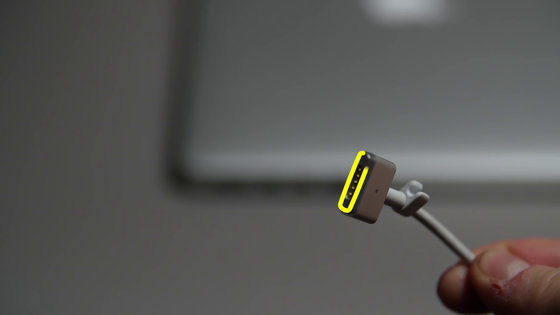
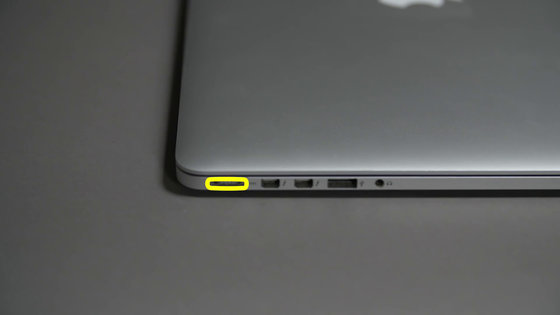
Of course, this principle is an important idea not only for the door but also for the design of everything.
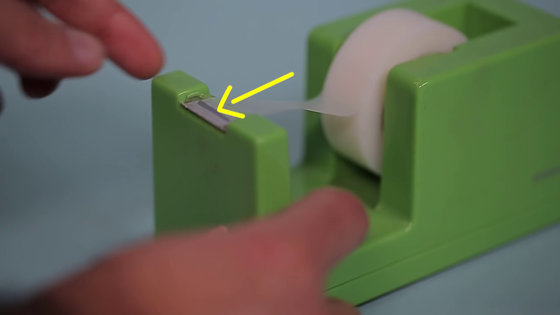

"Many computer systems of today are mostly unknown at all what they can do with just seeing it, but this is amazing."

"For example, I do not know at all whether the PC's track pad etc. should be tapped once, twice or three times, I do not think there is" discoverability "in these, I do not know how to use it just by seeing it I do not even know that, "Norman said.
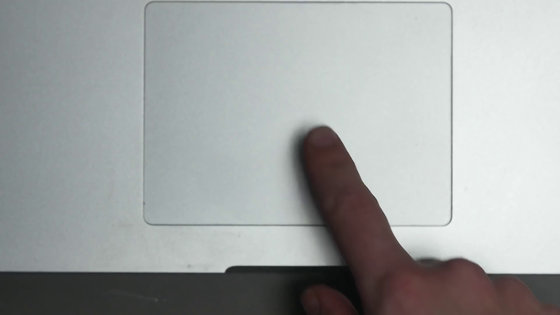
And another important element is "feedback".
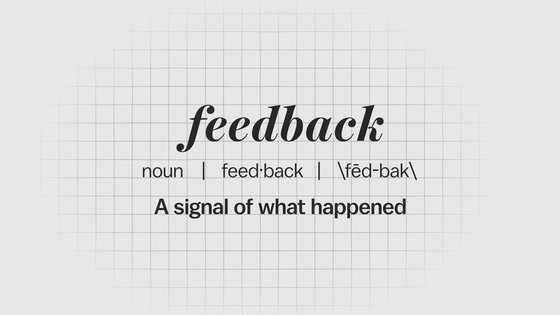
Feedback such as "What happened" or "Why did the user take such action?" Is very important, but there are many cases that this feedback is not utilized.
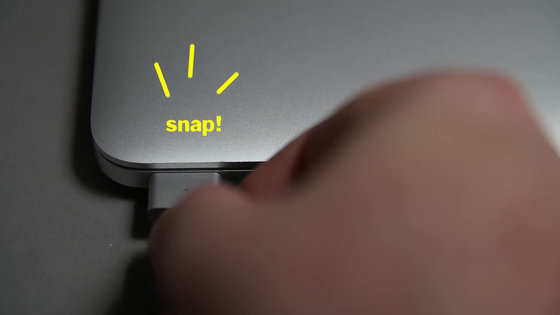
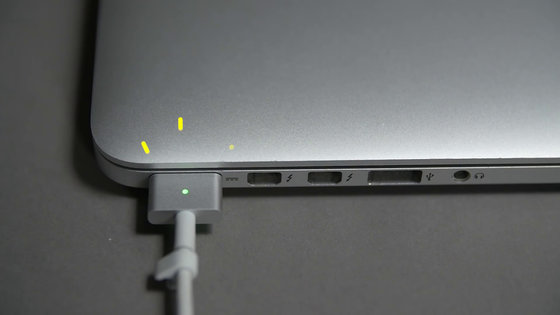
Two of "discoverability" and "feedback" are also very important basic principles for modern designers and engineers ... ...

It is widely adopted as "human-centered design".
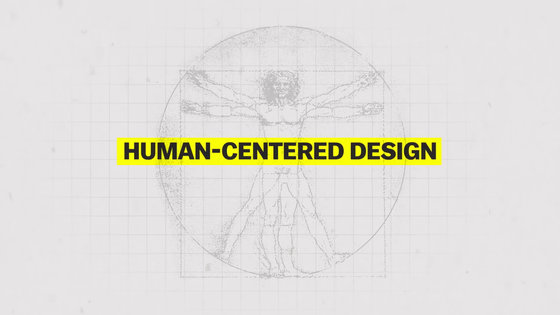
The following four principles are important when learning this "human-centered design". First of all, it is important to know what kind of action the user can take with eyes by "observation". And the second one is "idea generation", the third one is "prototyping", the fourth one is "testing". Mr. Norman writes in his book that cycling these four can create better designs.
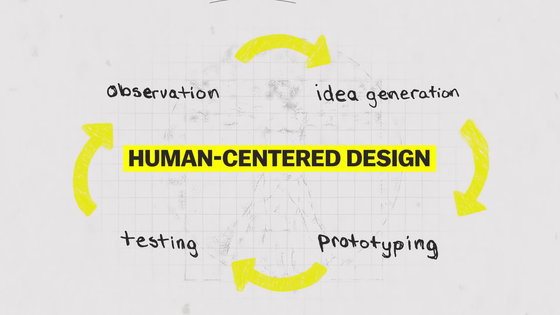
Of course, this idea applies not only to the door but also to the design of everything in the world.

Moreover, this process can be applied not only to "design of goods" but also to various things such as improving public health in developing countries, bringing new perspectives to agriculture.


"Human-centered design" can be positioned as a fundamental way of thinking in design, but what is it like in the door designed based on human-centered design?
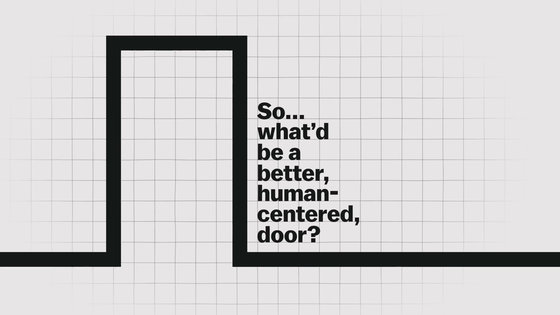
Mr. Norman says, "One of the ideal doors is something that does not notice the opening and closing of the door," says a sophisticated automatic door that does not notice the existence of the door as an ideal type I mention it as one.
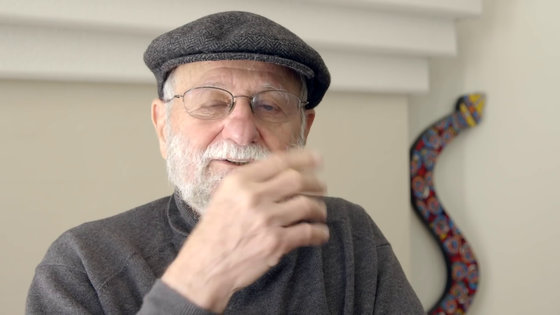
Also, even if it is not automatic, if the door is not attached to the door, if there is only a flat surface, the user can only press this door, so you can press the notation (like PUSH) The ideal type of door to open is a comment that "There is nothing attached".

Since there is no choice but to push the door without handles that you see in a hospital etc. surely, it is easy to understand design that can not happen that "I pulled in by mistake".
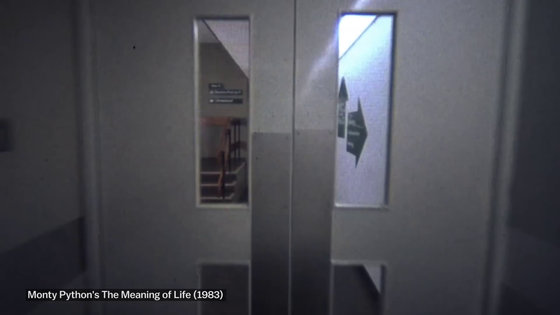
And notation like "PUSH" or "push" is no longer necessary.
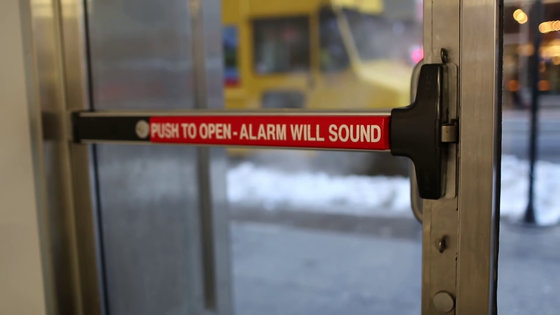
The ideal type of pull-open type door is "Door with handle that extends vertically in one direction".
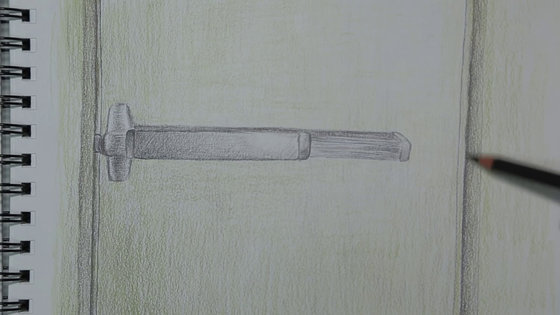
It seems that small handles tend to think that many people "draw" so that no one pushes the door of the car.

Related Posts:
in Video, Posted by logu_ii







